Most of us are, let’s face it, sticklers for tradition at Christmas. We adhere steadfastly to the same expected fare each year: turkey, ham all the trimmings. The nostalgia associated with serving up traditional dishes holds a special place in our hearts and our palates, the recipes passed down, the familiar tastes a source of comfort.
However, it might surprise you to learn that this seemingly timeless dinner is a relatively recent tradition in Ireland. While turkey made its way to the country around 500 years ago during the Tudor and Stuart eras, it didn’t gain popularity until the 20th century and only really became a Christmas-table staple in the latter half thereof.
Long before we tucked into turkey it was goose that took pride of place on the Irish Christmas table. In her book Irish Customs and Rituals, historian Dr Marion McCarry writes: “On Christmas Day, pot-roasted goose was the choice for dinner (turkey is a more recent addition).
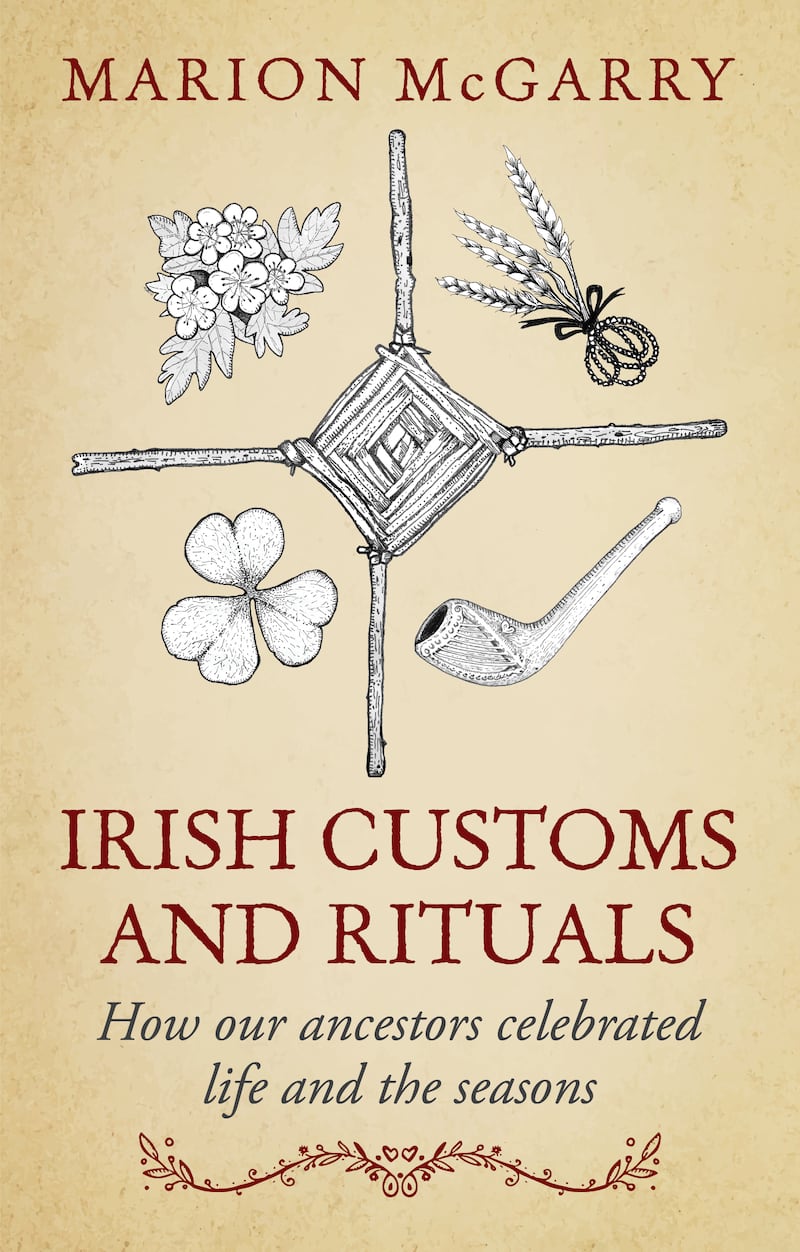
“The fowl was accompanied by a bread or potato stuffing made with butter and onions and flavoured with seasonal herbs such as sage, parsley or thyme. This would be accompanied by sliced boiled ham and a thick gravy.”
READ MORE
Ovens as we know them wouldn’t have been as common as today, so pot roasting over fire would have been popular, perhaps with a bit of turf added for flavour. JP McMahon writes in The Irish Cook Book about goose being cooked “in a Dutch oven” (a cast iron pot with a lid).
[ Keep your turkey from drying out with this clever trickOpens in new window ]
“Turf was placed on the lid and replaced as it burned. This would have imbued the goose with a scent of turf,” he writes. He also mentions a method of goose being baked in “blue clay” – salt-baked to you and I.

Our medieval ancestors ate roast goose too. According to Margaret Hickey in her book Ireland’s Green Larder, it was “served with apple sauce or garlic sauce and was stuffed with fruit and herbs. Later it was stuffed with mashed potatoes, breadcrumbs, bacon, onions and herbs.”
Nothing went to waste either, of course. “A side benefit of roasting was that pints of fat could be drained off the bird and this fat was carefully put aside to serve as an all-purpose lubricant, from frying to easing machinery, and was commonly used as embrocation to be rubbed into bad chests,” Hickey recounts.
[ Christmas dinner advice from two of Ireland’s best-known TV chefsOpens in new window ]
Spiced beef is another Irish Christmas staple that has endured for centuries. Happily, it is still turns up on Christmas tables, although it is now mostly a Cork tradition. And with good reason: the recipe originated during the 16th and 17th centuries when Cork was one of the largest exporters of beef in the world and an important shipping port.
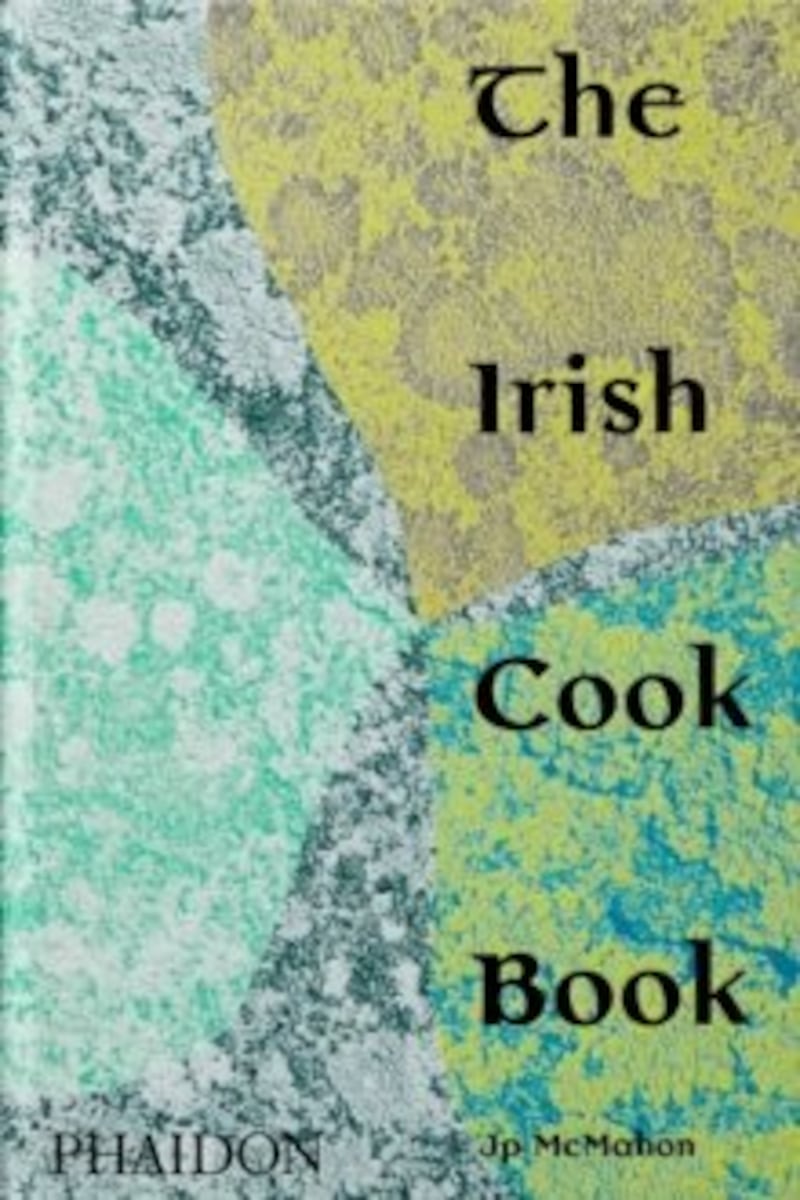
Back then beef was not as commonly consumed as it is today – it was more of a luxury food. People preserved it in salt to make it last, keeping pieces for celebrations such as Christmas, and this preserved, salt beef – or corned beef, as we know it – was also a big export business.
Corned, salt-cured beef was shipped from Cork to places including the West Indies and the spices from these countries made their way back to Ireland. Ireland’s Green Larder references “an incredible range of spices” brought into the country, including “candied ginger and powdered cloves, galingale and mace, cinnamon and peppercorns”.
As these aromatic spices appeared in Cork, whereupon some clever folk decided to roll their corned beef in the them and spiced beef developed as a local delicacy. Mind you, the ingredients were not cheap so, for most people, it remained a special occasion treat – hence the Christmas tradition.

These days you can still get spiced beef from local butchers in Cork, the most famous, perhaps, from Tom Durcan in The English Market, whose recipe remains a closely guarded secret. But if you fancy having a go at making your own, below is Pat Whelan’s recipe.
Why not add a side of spiced vegetables too? JP McMahon has shared his version of a 19th-century recipe.
Tis the season for new traditions maybe?
JP McMahon’s carrots and ginger
“This 19th-century recipe reflects the coming together of Gaelic and British colonial concerns. Traditional ingredients such as carrots, honey and butter are combined with paprika and ginger, which would have been imported from the Far East. Much 19th-century cooking in Ireland demonstrates a confluence of these two worlds.”
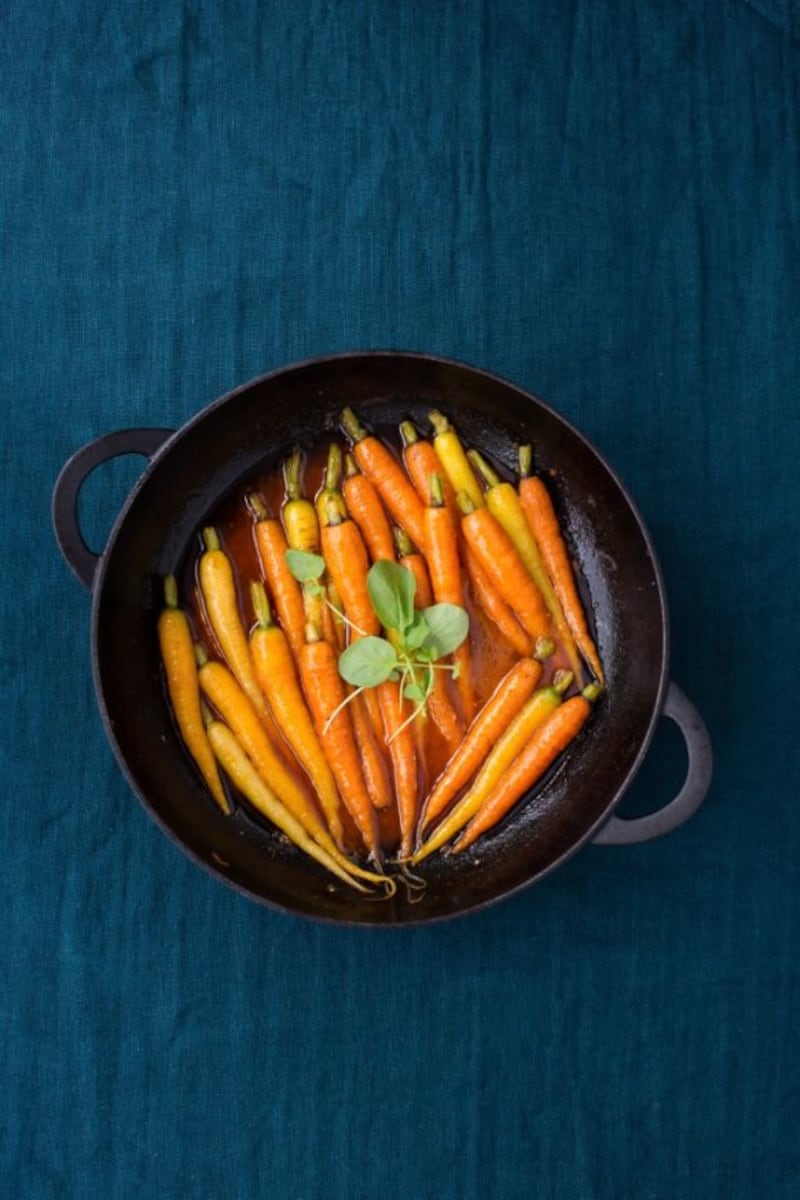
Ingredients:
(Preparation and cooking: 15 minutes; serves 6)
100g (7 tablespoons) butter
450g baby carrots, trimmed
250ml ginger wine or cider infused with ginger
1 teaspoon grated ginger
1 teaspoon paprika
2 tablespoons honey
50g watercress or chervil, to garnish
Sea salt
Method:
Melt half the butter in a large pan over a medium heat. Add the carrots and cook for a few minutes, turning occasionally.
Add the ginger wine, ginger, paprika, honey and a little water. Reduce the heat to a simmer and cook the carrots for three to four minutes until softened but still with a bite.
Add the remaining butter to make a nice glaze.
Season with sea salt and garnish with some watercress or chervil.
From The Irish Cookbook (Phaidon 2020)
Pat Whelan’s spiced beef
“We have been making spiced beef at James Whelan Butchers ever since the first shop opened in the 1960s. It is a tradition at Christmas, and the smell of spiced beef cooking is as evocative as mulled wine and mince pies when it comes to festive ambience. Spiced beef works well in summer salads too. Your pharmacist should be able to help you source the saltpetre.”
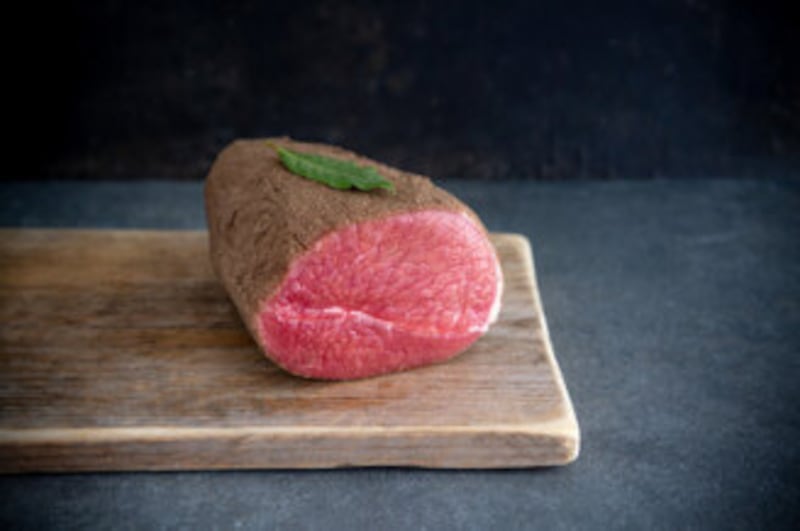
Ingredients:
(Serves 10)
2.5kg-3kg eye of the round, topside or silverside of beef
75g brown sugar
25g black peppercorns
12g allspice berries
25g juniper berries
12g ground cloves
12g sea salt
12g saltpetre
Method:
Trim the beef, then rub it all over with the sugar. Leave it in a bowl in the fridge for two days. Crush the peppercorns, allspice and juniper berries together in a pestle and mortar. Mix with the cloves, salt and saltpetre.
Rub the beef thoroughly with the spices. Cover and keep in the fridge for six to seven days. Turn the beef in the mixture daily.
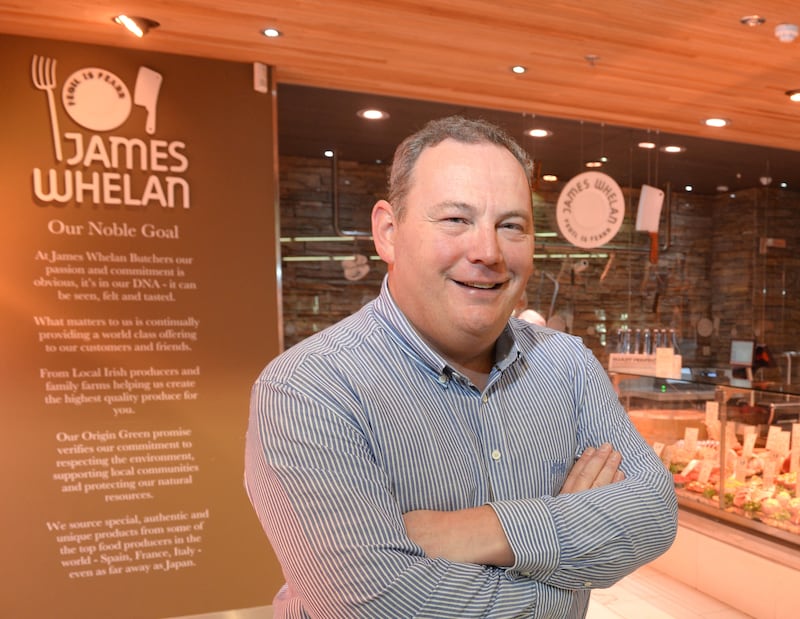
Preheat the oven to 140 degrees /fan 120 degrees/gas mark 1.
Place the beef in a deep casserole dish as near to its size as possible. Add 250ml water and cover tightly.
Cook the beef in the oven for five hours. Leave it to cool in the liquid for two to three hours, then remove and wrap it in tin foil. Store in the fridge.
From The Irish Beef Book (Gill Books). Proceeds of this limited-edition print run to celebrate the 10th anniversary of The Irish Beef Book are going to two charity partners – Cork Penny Dinners and Dublin’s Capuchin Day Centre.













